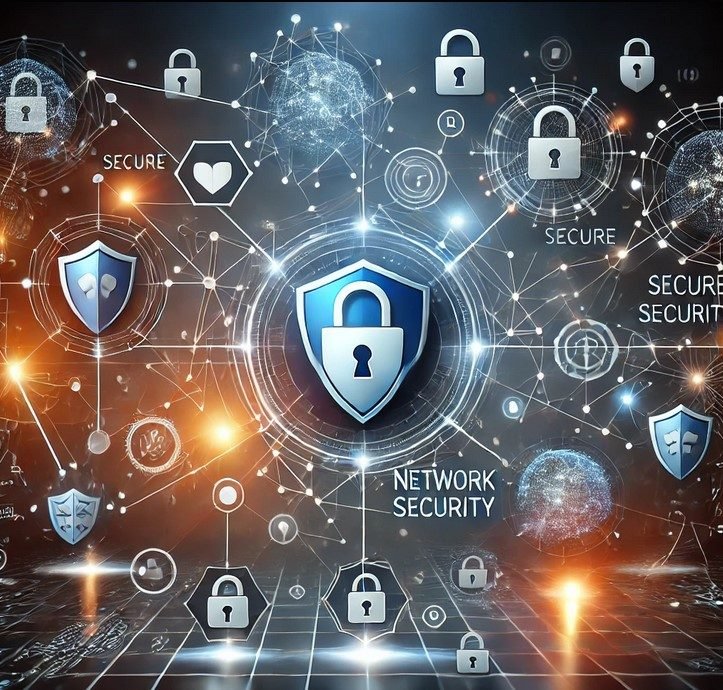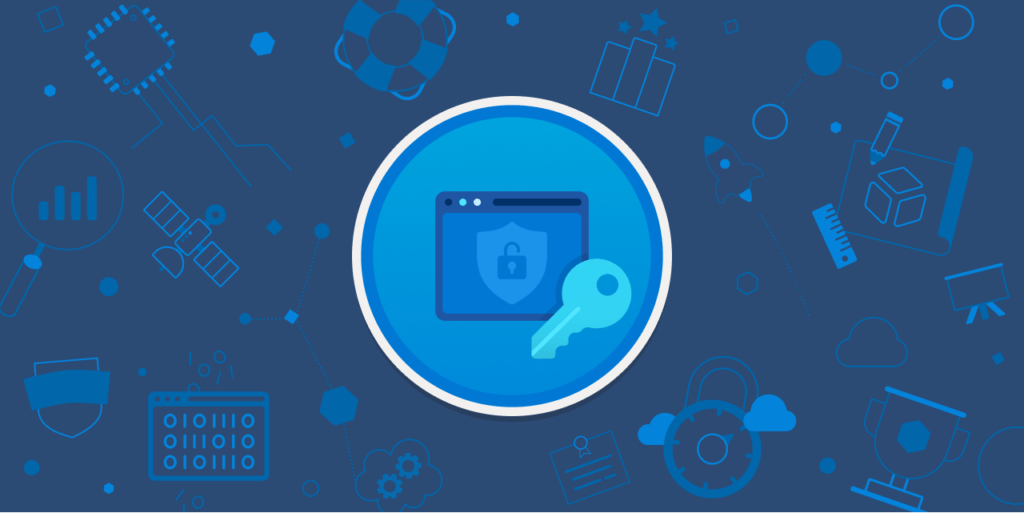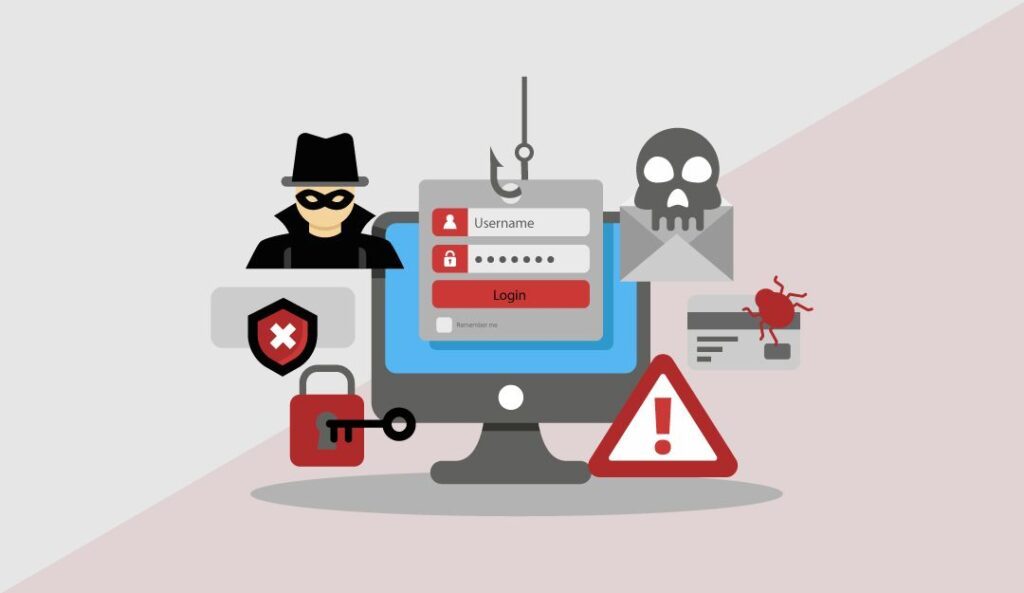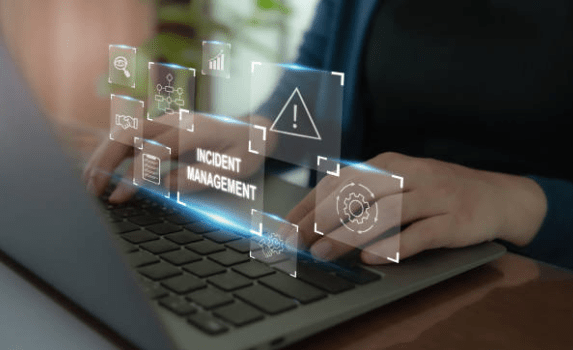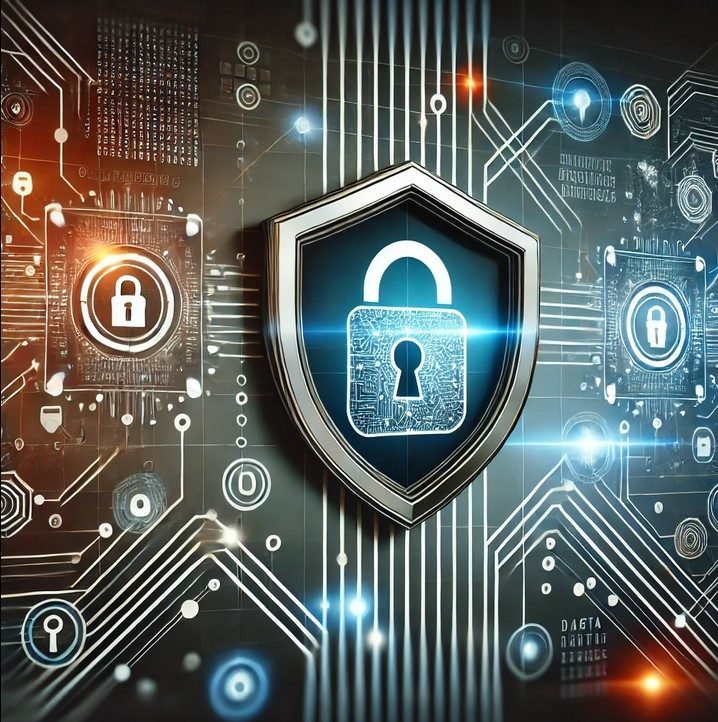Comprehensive Network Security: Safeguarding Your Digital Assets with Digi9
1. Firewalls The First Line of Defense The firewalls prolong as the virtual bouncers of your network that allow or deny traffic based on security rules are applied. They are the ones that block the unauthorized access while they allow the legitimate communication to take place. At Digi9, we absolutely make use of developed and modern firewall programs that perform and operate with high standards of network security-in particular they perform robust protection. Digi9’s Firewall Capabilities: Real-world Example: A certain financial institution that cooperates with Digi9 was targeted with a suspicious flood of IP probes. In that case, when the incident occurred, our firewalls identified the anomaly very fast and stopped the attackers from getting into the server thus preventing a direct attack affecting the operations or a DoS attack. 2. Intrusion Detection and Prevention Systems (IDPS) Too much importance is given to the IDPS system. It is one of the most important components of a network’s protection that monitors the movement of traffic for any harmful activity and takes remedies automatically. To this end, it is not just about finding threats but also about removing them very quickly upon their arrival. How Digi9 Implements IDPS: Real-world Example: Digi9 helped a healthcare client whose network saw an unusual demand was off-hour data. By using IDPS, the system flagged the anomaly immediately, blocked the assailant, and alerted the team, which led to the protection of the sensitive patient data of the breach. 3. Virtual Private Networks (VPNs) A Virtual Private Network (VPN) guarantees that your network is accessible by a remote worker or a branch office in a safe manner without exposing it to risks or potential threats. VPN encrypts information transfer across public networks, so even if intercepted, it cannot be read. How Digi9 Utilize VPNs: Real Life Example: A retail client using Digi9’s services had employees working remotely. We established a VPN that encrypted their communications so sensitive customer information was safe, even over public Wi-Fi networks. 4. Network Access Control (NAC) A very fundamental requirement of any network in today’s time is Network Access Control or NAC, where only the authorized devices and users must be connected to your network. The systems will prevent compromised devices to propagate malware and unauthorized users accessing the critical resources. Implementation of Digi9’s NAC Real-world Example: A Digi9 client in the education segment-initiated NAC to ensure that only registered faculty devices could access sensitive academic records, thus keeping unauthorized users and infected devices at bay. 5. Network Segmentation Network segmentation is the process of dividing a network into several independent sub-networks with their own security controls. It can therefore limit damage in case of a network breach and keeps malware or other malicious activity localized to one part of the network. Digi9’s Methodology for Network Segmentation: Real-Time Example: When a malware infection had infected a client’s network, in Digi9, our strategy on segmentation allowed only that part of the business to be infected while other parts were secured, thus not having an all-scale breach. 6. Protected Wireless Networks Wireless networks are always left open to attacks if correctly secured. At Digi9, we utilize the most sophisticated encryption and authentication protocols to ensure the wireless networks of our clients are well protected. Our Wireless Security Approach: Real-time Example: Digi9 received a call from a hotel chain, which was skeptical about customer data being compromised through its guest Wi-Fi. A secure wireless solution was implemented by us that kept guests’ access independent of the business network, ensuring both customer satisfaction as well as safe guarding the customer data. 7. Security Audits and Penetration Testing Regular security audits and penetration tests are essential to find out the weak points in your network system and prevent attacks from exploiting your weaknesses. Digi9 gives you proper testing for proactive prevention of attacks exploiting your weak points. Digi9 Testing Services: Real-World Example: Digi9 tested the penetration of third-party access within the company’s supply chain. They found an opening, creating a piece to build from, and prevented future attacks on that vulnerable supply chain. Conclusion Network security has traditionally been considered the foundation of a safe, secure, and efficient digital infrastructure. https://digi9.co.in/services/Digi9 deploys the latest tools and techniques ranging from firewalls and IDPS to network segmentation and secure wireless networks to protect their clients against a comprehensive range of cyber threats. Our approach ensures that every client receives the best possible security solution for their specific needs. Digi9 is one of the companies offering a partner for improving your network security. They have professional advice on top-tier protection. Contact us today to find out how we can make your network safe and keep your business secure.
Comprehensive Network Security: Safeguarding Your Digital Assets with Digi9 Read More »

